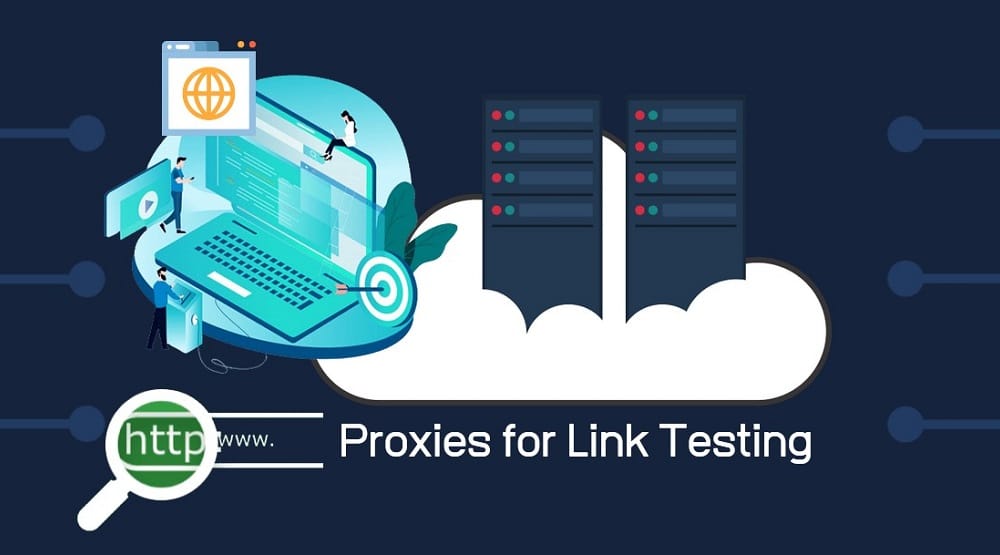
Partners like WeWork and Salesforce spoke of their interest in trying out the tech, which they believe could help make connections between people more meaningful. Meanwhile, as more businesses are trying to figure out the hybrid future of work model, technology like Starline could bridge the gap between in-person meetings and the less-idea 2D video chat experience we have today.
LINK IT TESTING HOW TO
Instead of developing tech that uses cameras to track eye and face movements to make avatars more realistic, as Meta is now doing, or figuring out how to add legs to your in-VR body, Google is working to present a person as they are - and without the additional encumbrance of having to wear something on your head. Still, Starline’s tech is an interesting bet on a different kind of “virtual” reality - one where people aren’t represented with gaming-like avatars, but rather as their real selves. (Plus, they can support more than the one-on-one conversations Starline offers.)

It’s unclear if Google has a plan to actually commercialize the tech, what these calling booths would cost businesses to either purchase and maintain, and whether or not there’s enough demand for the technology in a world where Zoom and Google Meet are considered “good enough” solutions for virtual meetings.

Those who have been able to test Project Starline have described the experience as being incredibly realistic and an impressive technology, even in its early phases.īut there have been questions about to what extent Starline would ever exist beyond being a very cool tech demo, versus a technology that would eventually become a part of office workers’ - much less consumers’ - everyday lives. With the launch of the new early access program, those partners will be able to test the calling booths in their own offices, providing Google with valuable feedback and insights about how such a technology would be used in the real world and what sort of challenges it may face. The company had also invited more than 100 enterprise partners in areas like media, healthcare and retail to demo the technology in its offices and offer their feedback about the experience. where employees were able to test them for things like meetings, employee onboarding sessions, and more. Until now, the 3D calling booths were found in Google’s offices in the U.S. Google will begin installing Project Starline prototypes in select partner offices for regular testing starting later this year, it noted. Now, Google says it’s expanding its real-world tests with an early access program that will see Starline used in the offices of various enterprise partners, including Salesforce, WeWork, T-Mobile and Hackensack Meridian Health. Announced last year, Project Starline is a video-calling booth that uses 3D imagery, high-resolution cameras, custom depth sensor sensors and a breakthrough light field display to create a lifelike experience for callers on both sides of the screen - and all without a required headset. Until the applicability of the multidimensional models in predicting future player status is further established, field practitioners may use the simplistic RVJ testing to predict future status among male soccer players.While Meta is trying to convince consumers to strap on its VR headsets to enter the metaverse, Google continues to experiment with a different sort of false reality: its holographic video chat project known as Project Starline.

The RVJ test demonstrated outstanding discriminating prognostic validity. The model was 73% accurate, 75% specific, and 71% sensitive, with excellent area under the curve.

LINK IT TESTING PRO
Height and BMI were positive predictors of the PRO status ( b = 21.66, p = 0.008 and b = 0.94, p = 0.014, respectively). The predicting model was significant ( x 2(2) = 17.12, p < 0.001). Significant group differences presented in body height and mass, body mass index (BMI), maximum and average jump height, and relative jump power. T-test, binomial logistic regression, and receiver operating characteristic for prognostic validity of anthropometric and performance values in predicting PRO status were applied using Jamovi version 2.3.3.0.
LINK IT TESTING PROFESSIONAL
Therefore, the prognostic validity of 15 RVJ within professional (PRO, n = 24) and under 19 years old (U19, n = 20) Greek male soccer players was examined. The repeated vertical jump test (RVJ), as an alternative to the monodimensional vertical jump, may offer similar prognostic value. Soccer clubs invest time and money in multidimensional identification practices, but the field implementation is still problematic.


 0 kommentar(er)
0 kommentar(er)
